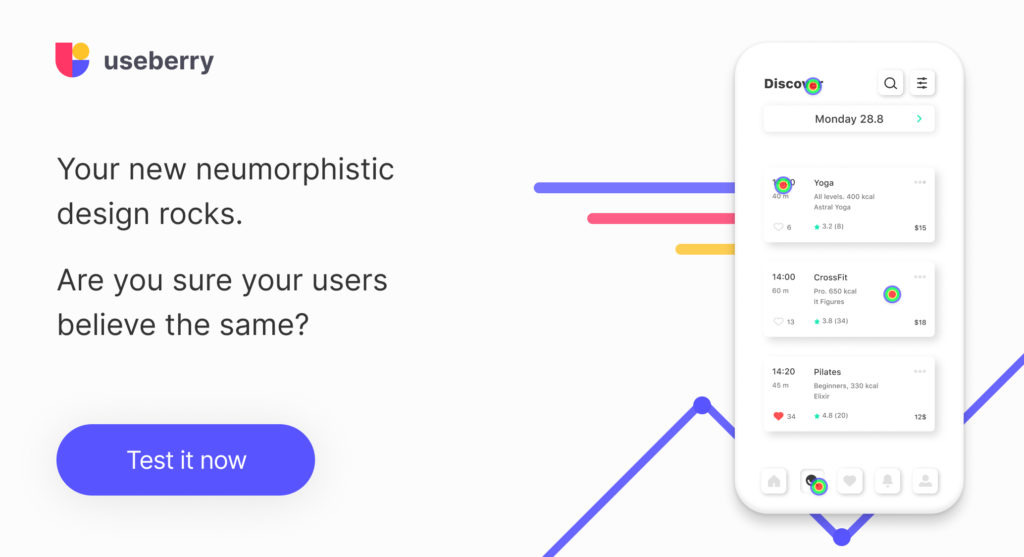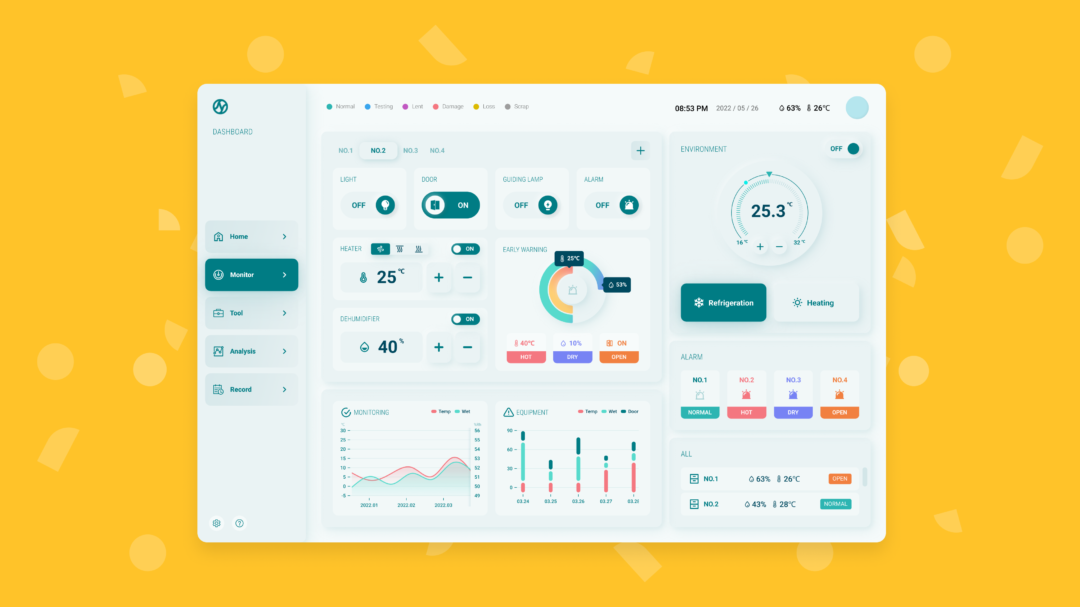If you haven’t heard of it, which I really doubt since you are reading this article, neumorphism is a new UX trend that is admittedly very popular among designers (and developers).
I personally do not hate it; if something, I would say that I like it…
So why do I believe that neumorphism is over before it even started overtaking our designs?
First of all, let’s define neumorphism.
While there is no clear definition of neumorphism yet, we could safely say that it is an interactive (with a question mark) type of design that mimics real-life objects. It originates from skeuomorphism and we‘ve seen it in almost every kind of web component, be it buttons, cards, etc making the users think that they press a real button, see a real card, etc.
Now that you know what it is, let me explain why neumorphism lacks the potential to stay, at least the way it was introduced to us.
Accessibility is one of the main reasons. While this cool button that looks real is certainly beautiful, it doesn’t mean that if put out in the web ocean it will be visible by anyone. The web is not a one-size-fits-all and certain issues will appear if you will try to utilize neumorphism to its fullest.
Another accessibility issue that we have seen happen is that users get easily confused with the next action we want them to take because their brain has been trained to have specific interactions with the system.
If you want to be 100% sure that your new neumorphistic design is working the way you want it to, you can test it with Useberry.
Another reason has to do with the development of these designs. While designing a neumorphistic concept is not so difficult per se (Adobe XD, Figma, etc do the job), as designers we need to admit that coding it is a real pain for developers. Also, imagine this scenario: your developers actually manage to code your design, you finally launch it, and then you find out that your users don’t respond the way you want them to.
Finally, let’s ask this question to ourselves: “Why do we want our designs to act as realistic when the internet is still unrealistic? Is it because we think it’s cool? Trends come and go and we cannot change our UIs, websites, etc. every time there is a new trend (especially if you belong to a big company).

Moving forward
“Okay, we got it. You are speculating that neumorphism will be over soon. But where is your evidence?” Let’s be clear, new concepts are, most of the time, debatable and this is no exception. Also, I claimed that it will be over, at least the way we know it today; if you recall the very first designs on the internet, skeuomorphism dominated. But skeuomorphism was thrown out of the design sphere for many years, to rise back again these days.
It all comes to the point that as the internet changes and becomes more realistic (IoT), neumorphism gains some ground. Also, note that neumorphism can certainly be used in UIs and applications (ideally in info-sharing ones) that are native to specific operating systems of course given that you did your research and tests. It just cannot go beyond that to be named the next big thing in design (at least for now).
Feel free to contact us!
We’d love to know your experience with Useberry and we will be excited to hear your thoughts and ideas.




